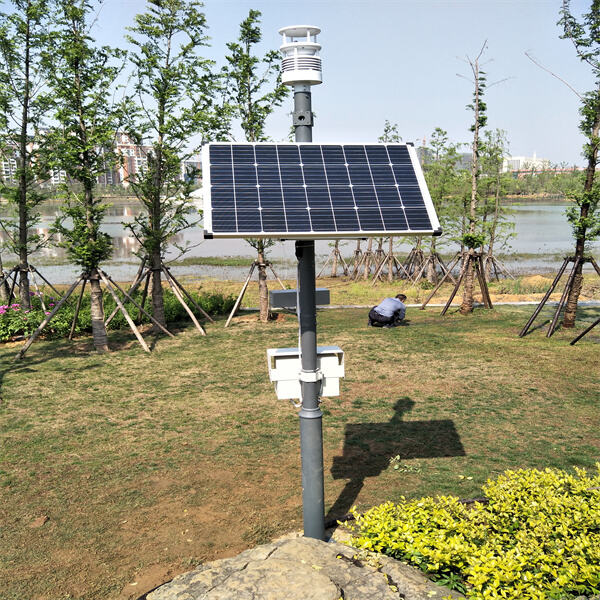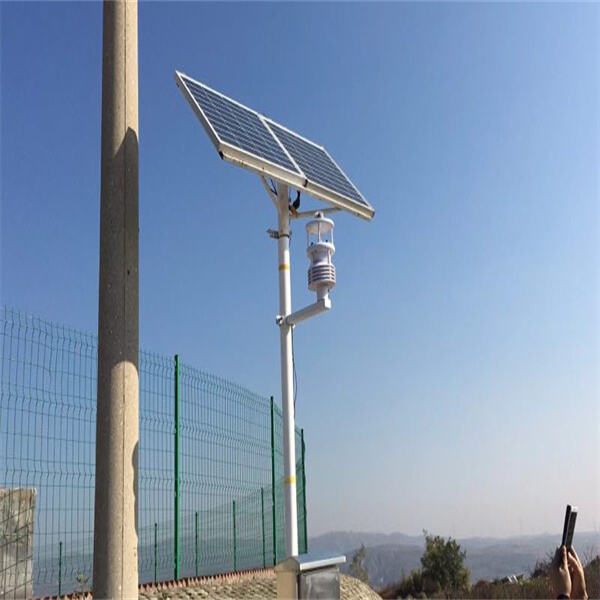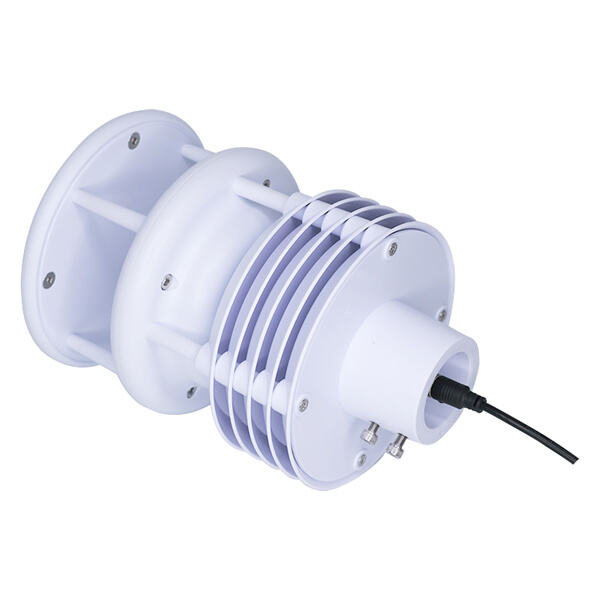In our weather system, rain is quite an important and necessary part. Planet Earth benefits in many ways. Farmers really need rain to help grow their crops — the plants we eat (like fruits and vegetables). Without precipitation, plants can't grow properly and that has repercussions for everyone. Precipitation is the amount of rain that falls in a particular area. There is a rain gauge that scientists use to measure the precipitation, which is the special tool for measuring precipitation. A rain gauge is used to calculate the amount of precipitation over a period of time in a specific region. Rain gauges come in different forms, but all work in the same manner. They are made with a funnel-top that catches the rainwater. Underneath the funnel is a container that catches the water spilled over the fruit. This can be in millimeters or inches, and that is how much it actually rains. The use of a rain gauge is straightforward, giving an accurate information source regarding rainfalls.
Meteorologists study the weather. They check out a bunch of different stuff to predict what the weather will be like down the line. Information from rain gauges is one of the critical tools that they use. Knowing how much rain has fallen within a region allows meteorologists to forecast floods, droughts and other weather events. This knowledge is hugely valuable as it can aid in safeguarding people.
It then transmits the collected rainfall data to a Yantai Import and Export XF Compact Weather Station. It's your one-stop shop for all things weather — the hub where everything arrives. It also passes the data on to other weather stations around the world. In other words, they can analyze a lot of information from different locations and put together a reliable forecast! It allows everyone to know what to expect with the weather.

Once you have determined the perfect spot for your rain gauge, you can begin installing it. Most rain gauges have instructions on how to set it up. Be sure to mount the gauge level and mount it solidly so that the rainwater collects properly. If you are quite unsure of how to sort your emails, you can actually ask your parent or a buddy to show you around. They may have experience or tips that will make it much easier.

The tipping bucket rain gauge is one of the newer types of rain gauges. Yantai Import and Export Soloar-Photovoltaic Power Station functions by collecting rainwater in a funnel-like top, channeling it into a narrow trough. It tips over when a given amount of water fills the trough. A computer analyzes this motion by sending data to it. This technology enables meteorologists to almost instantly get updates on rain levels.

Weighting Rain Gauges: The other advanced form of the rain gauge. This Yantai Import and Export weather station measures the amount of weight a collected amount of rainwater acquires while falling from the sky from some container. The device weighs the container and fills it with¬¬rainwater. This weight is then converted into the amount of rain that falls. Even though this is a less desirable readout, it is very particular and enhances the accuracy level of oral readouts about precipitation.

Copyright © Handan Yantai Import and Export Co., Ltd All Rights Reserved - Privacy Policy